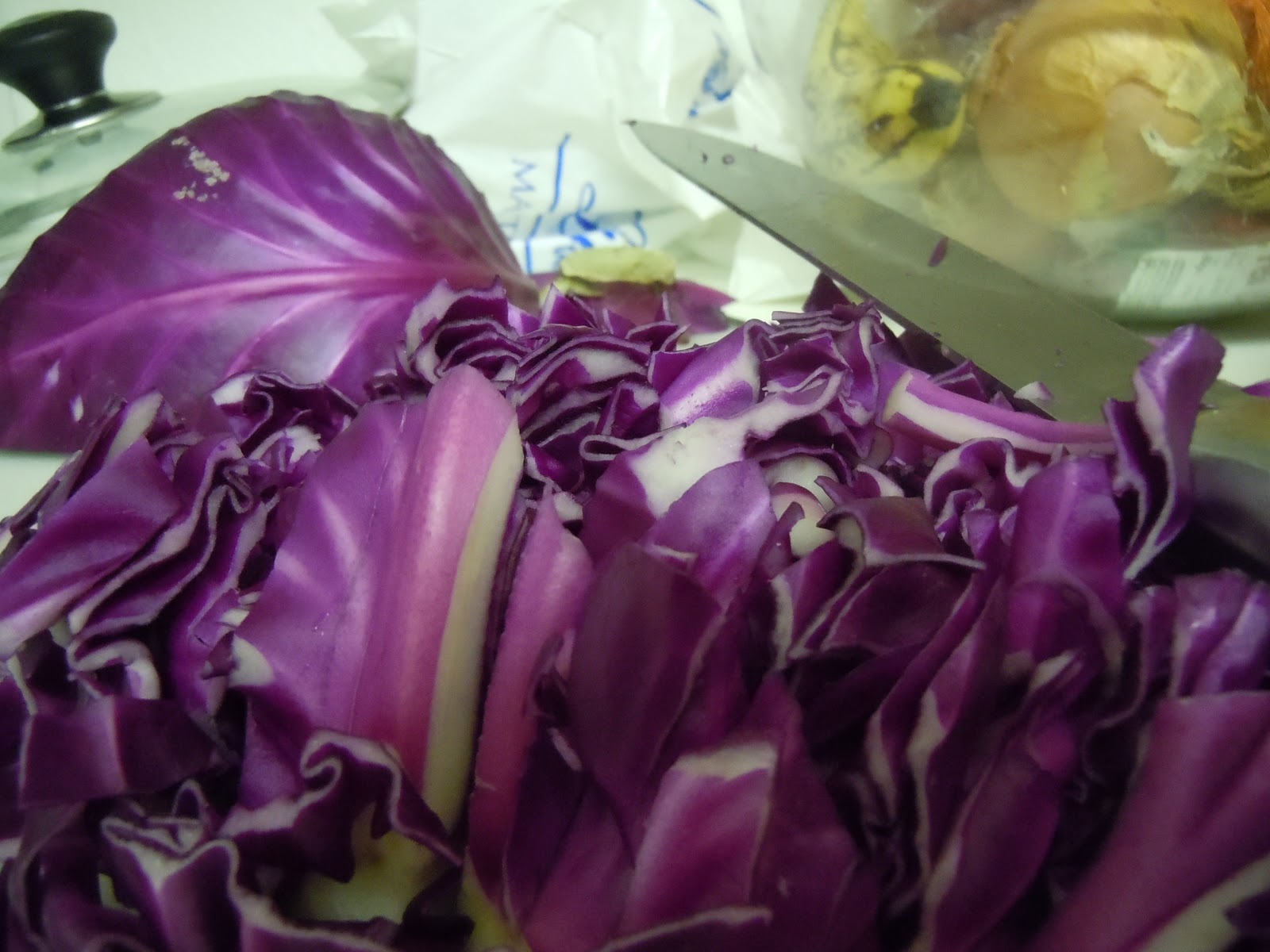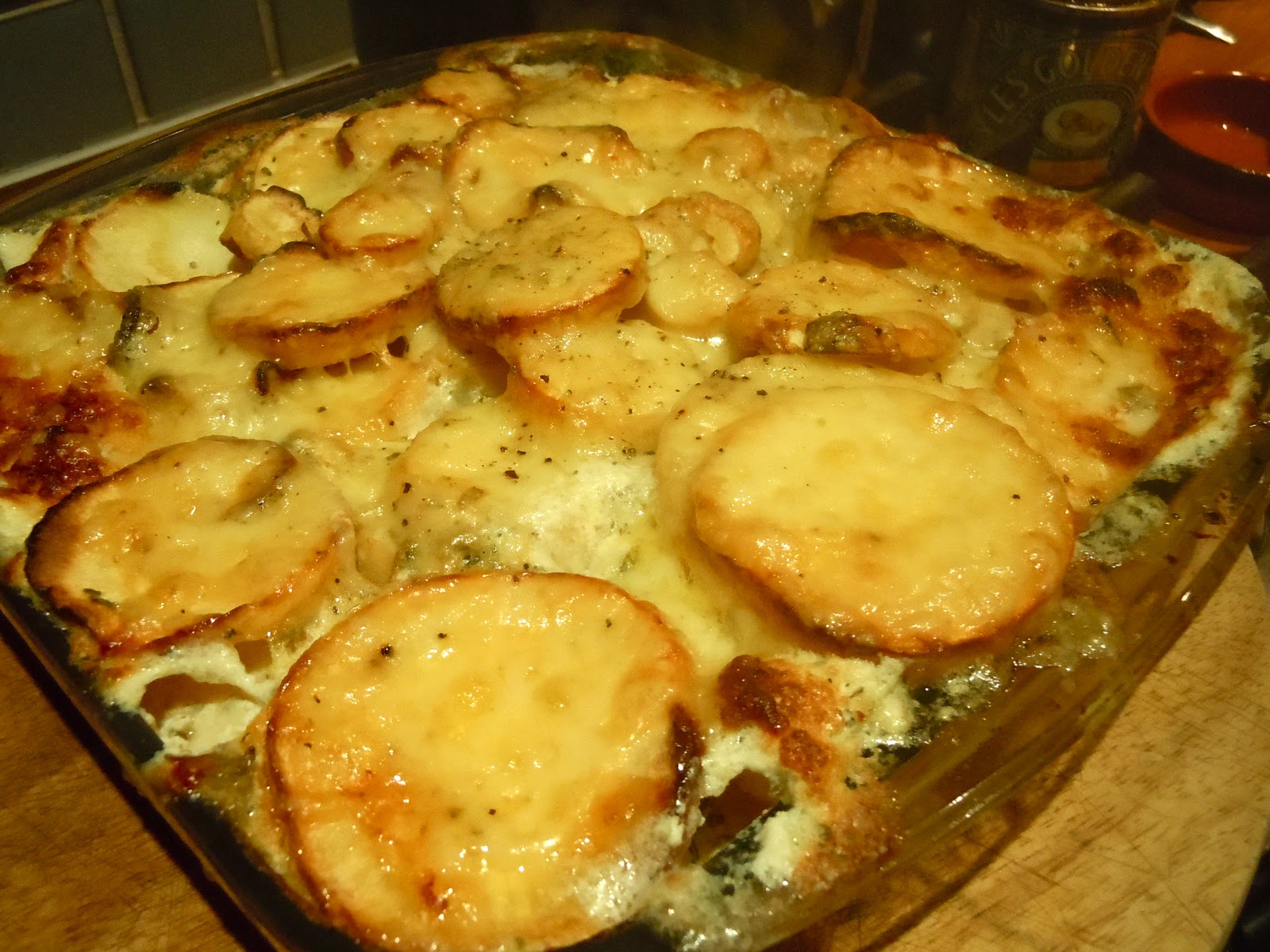Red cabbage is one of the best winter vegetables by far. It last forever but has a wonderful earthy sweetness, perfect for a late night quick stir fry. But I find that cooks often don't know what to do with red cabbage. Besides your typical braising (which, let's not lie, is phenomenal) and the aforementioned stir fry, what's to be done with it? Yes, yes, coleslaw will work in a pinch but the loads of mayo the dish requires completely masks the glory that is the red cabbage.
Well, Hugh Fearnley-Whittingstall may have found the answer. In his section on the Guardian's "Best Christmas recipes" he features a salad that was so unusual in its ingredients that I simply had to try it. Who would have thought to combine raw cabbage, *grated* parsnip and orange juice for a salad? To be honest, I was dubious. But the wonderful sweet mixture of dates with the root vegetables, not to mention a healthy dose of white truffle oil and some nuts, was absolutely divine. In Hugh's recipe, he sticks to the simplicity of only the orange juice, olive oil, and thyme. But add in some walnuts or pecans, not to mention the secret weapon of truffle oil, and the dish becomes sublime.
Another bonus point?
It takes five minutes to make.
This makes the second of the glorious "raw food" salads I've stumbled onto over the years (the first being Bittman's raw butternut squash salad). And I've yet to find a reason to dislike them. Curse them for their simplicity.
Serves: 4
Ingredients
2 oranges
1/2 small red cabbage, core removed and finely shredded
3 parsnips, peeled and grated
2-3 small handful dates, chopped
3 tbsp olive oil
1 tsp fresh thyme leaves
Squeeze the juice from the oranges into a small bowl.
Combine the parsnips and cabbage in a large bowl. Add the dates and nuts. Trickle the olive oil and truffle oil (if using), then sprinkle the thyme leaves on top. Serve at once.



